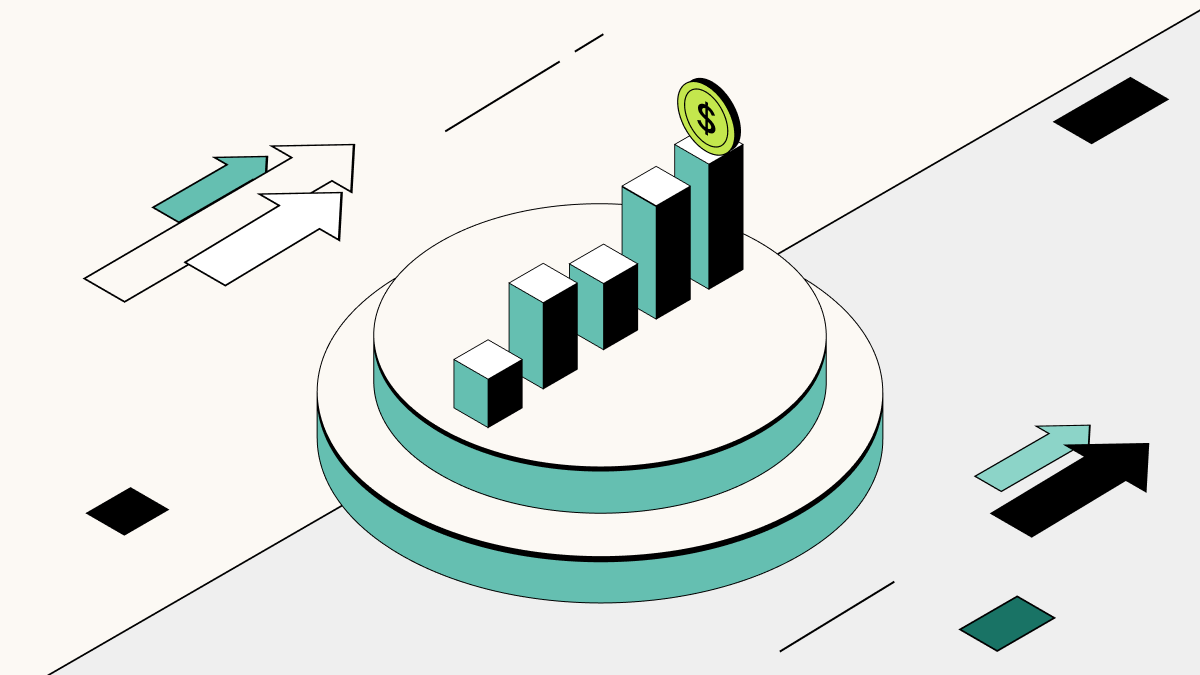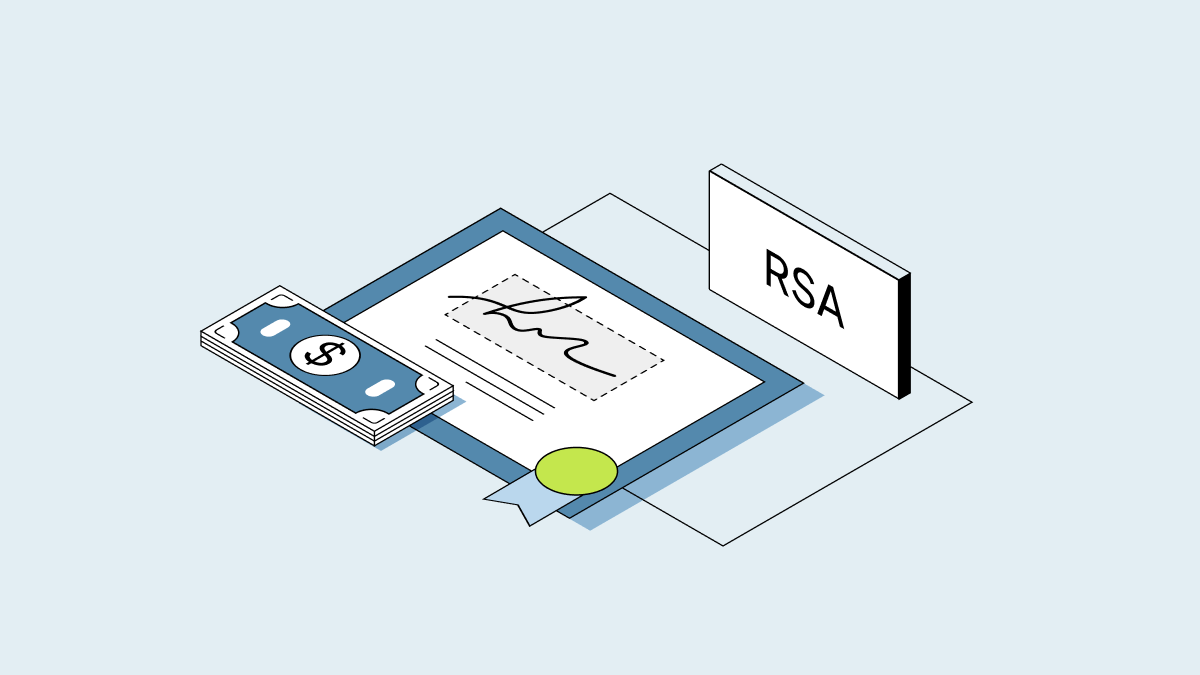A bull market is a sustained stretch of time when investment prices are rising in a financial market. A bear market is a sustained stretch when investment prices are falling. The market imagery of bulls and bears dates back to at least the 18th century.
Bull markets and bear markets are frequently associated with public stock exchanges, but they can occur in any market, including technology, real estate, agricultural commodities, cryptocurrencies, or sports trading cards. The S&P 500 index is the most common barometer used to measure market swings for public stocks. In the private market, measuring market fluctuations is much more complex.
What is a bull market?
A bull market occurs when the prices of assets in a financial market increase substantially over an extended period of time. There are no formal criteria for a bull market, but the most common definition is a period when investment prices rise by at least 20% following two prior distinct periods when prices declined by 20% each.
Bull markets can be driven by several factors. They typically occur at times when other major macroeconomic variables are also trending up, such as corporate earnings, gross domestic profit, and consumer spending. Bull markets are also spurred by investor confidence. Optimism in a market can self-perpetuate, as investors push in more capital and drive prices higher. Because of this increased demand, a bull market often leads to higher trading volumes and additional liquidity opportunities for sellers.
How long does a bull market last?
A bull market can last for months or years. The longest bull market in the history of the U.S. stock market extended from March 2009 to March 2020, ending with the onset of the COVID-19 pandemic.
What is a bear market?
A bear market occurs when the prices of assets in a financial market decrease substantially over an extended period of time. The typical threshold for a bear market is a decline of 20% or more from recent highs, although the term doesn’t have a universal definition.
A bearish market is often brought on by major macroeconomic and geopolitical shifts. They also typically follow bull markets, when prices for assets are high relative to historical levels. For example, the bear market that emerged in the U.S. in 2022 was commonly attributed to some combination of inflation, rising interest rates, falling consumer spending, and war in Ukraine. It also followed a 2021 bull market that saw the S&P 500 and the Dow Jones industrial average climb to all-time highs.
How long does a bear market last?
A bear market is more drastic than a market correction, another type of market downturn. A correction is usually defined as a price decline of 10% or more and can last a few weeks or months. A bear market typically lasts several months or longer. Sometimes, a correction develops into a bear market.
In the Great Recession bear market that lasted from 2007 to 2009, the S&P 500 and the Dow both fell more than 50%. The longest bear market in U.S. history began with the onset of the Great Depression in 1929 and lasted just shy of three years. On average, bear markets in the U.S. have been significantly shorter than bull markets.
The bear vs. bull market cycle
On the public stock market (and in many other markets), stock prices are based on expectations of future cash flow and profits. Major financial and political upheaval can cause those expectations to shift. When investors become less optimistic about the future of an asset or industry, they’re less eager to invest and prices tend to decline (a bear market).
Investors pursue many different investment strategies across bullish markets and bearish markets. For instance, investing heavily amid a bear market typically requires greater risk tolerance. If an investor correctly identifies the bottom of the market, buying low can generate higher profits. If prices continue to fall, losses will accrue.
It is impossible to predict how long a bear market or bull market will last, but the process has historically been cyclical. Eventually, prices fell far enough to become attractive again, investor optimism was rebuilt, and a new bull market began.




